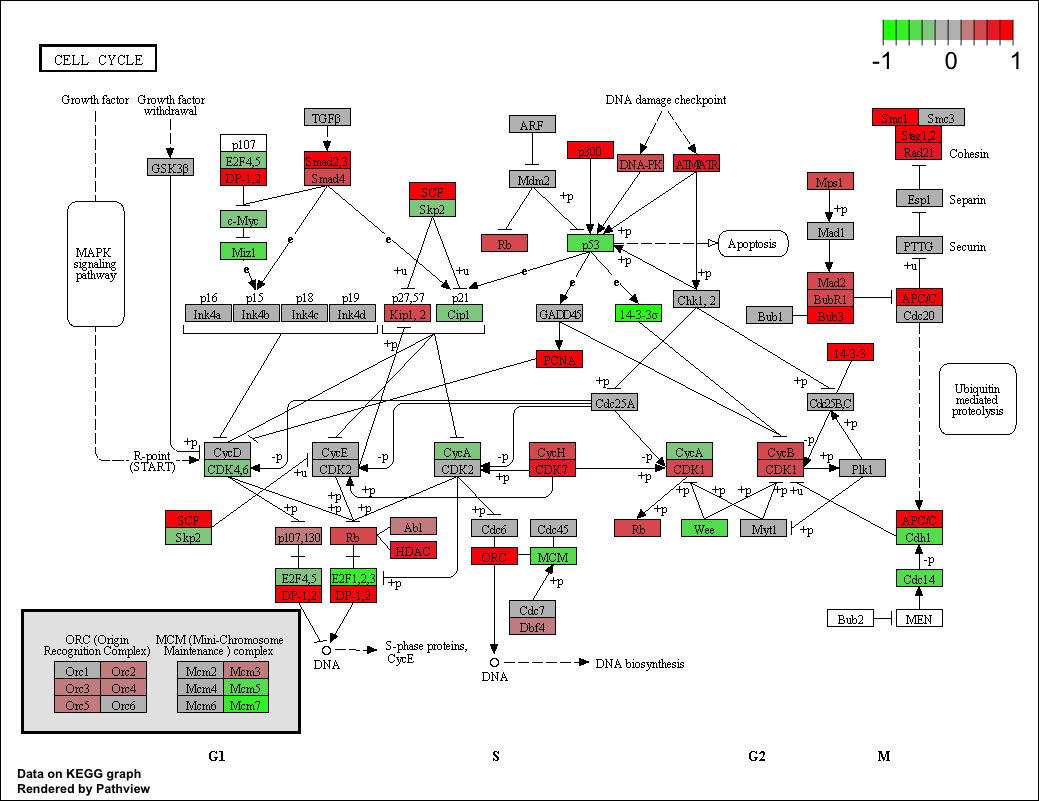Dear all,
I am new to the field of RNA-seq analysis. I used Tophat and the Cufflinks/Cuffdiff to get the differentially expressed genes.I had two conditions a wild type and tumor. I wanted to now do the Pathway analysis and determine which genes are up and down regulated for the PI3K/AKT/mTor pathways in the tumor . What should be the approach from here?. Also , I have the cuff diff output but I was not sure which one of the files would I be using for the Pathway analysis.
I am naive to this field and so I apologize for the basic nature of the questions?.
Any help will be much appreciated.
Thanks,
Himanshu Sharma.
I am new to the field of RNA-seq analysis. I used Tophat and the Cufflinks/Cuffdiff to get the differentially expressed genes.I had two conditions a wild type and tumor. I wanted to now do the Pathway analysis and determine which genes are up and down regulated for the PI3K/AKT/mTor pathways in the tumor . What should be the approach from here?. Also , I have the cuff diff output but I was not sure which one of the files would I be using for the Pathway analysis.
I am naive to this field and so I apologize for the basic nature of the questions?.
Any help will be much appreciated.
Thanks,
Himanshu Sharma.




Comment